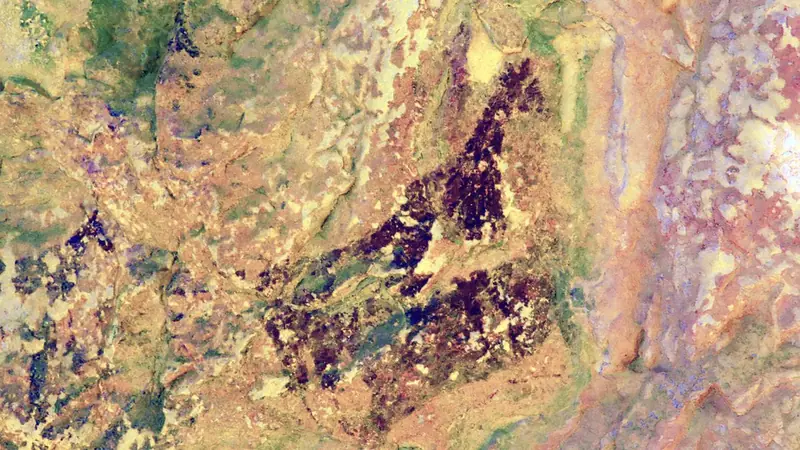
In the hard-to-reach caves of the Valencia region in eastern Spain, researchers have discovered prehistoric drawings using drones. According to archaeologists from the University of Alicante, these rock paintings date back approximately 5,000 to 7,500 years. Previously, researchers were unaware of their existence.
The university team uncovered the drawings in a quarry in the municipality of Penáguila just days after launching the drones. Thanks to the quadcopters, scientists were able to quickly survey hidden areas that would have required “complex access routes” to reach. The findings of their research were published in the scientific journal Lucentum.
“This area is well-known for preserving samples of ancient art,” noted lead author Francisco Javier Molina Hernández. He stated that the discovery of a new site featuring prehistoric rock paintings of various styles is extremely significant for science.
After the drones identified samples of prehistoric art, climbers were brought in to examine the site. They confirmed the presence of a large number of diverse images. The mountaineers observed figures of people and animals, predominantly goats and deer, some of which appeared to have been wounded by arrows, as reported by CNN.
According to scientists, the discovery of “new rock paintings in caves of this type indicates that prehistoric humans developed complex climbing techniques, possibly using ropes or wooden scaffolding.”

Drones to the Rescue
Thus, researchers decided to utilize drones, as they typically risk their lives in such inaccessible locations. The caves where ancient artists expressed themselves are situated in harsh geographical areas, noted Francisco Javier Molina Hernández. He also added that many other caves have never been surveyed because they are extremely difficult for archaeologists to access.
Scientists consider this find to be one of the most significant examples of Neolithic rock art discovered in Valencia in recent decades.
Moving forward, the team plans to use more powerful drones to capture the highest quality images. They also intend to expand their drone-assisted research to other regions of Europe where prehistoric rock art may still be preserved.
